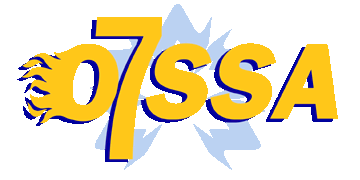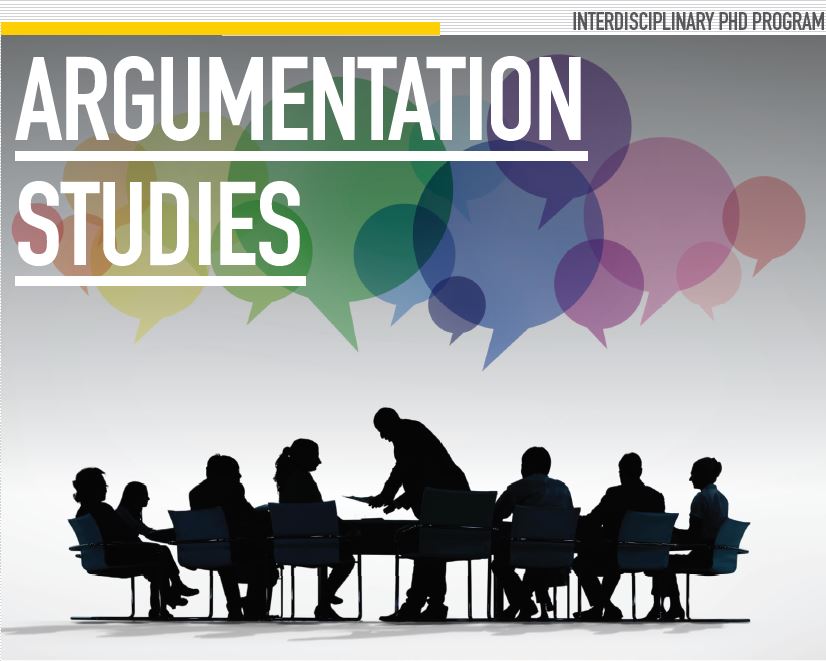
Location
University of Windsor
Document Type
Paper
Start Date
6-6-2007 9:00 AM
End Date
9-6-2007 5:00 PM
Abstract
According to Bi-logic theory, there are two logics operating in the mind. One is traditional logic, and the other one is called “symmetrical”, because it does not respect asymmetrical relations. Bi-logic assumes that mental processes involve combinations of both logics in different proportions. From that perspective, Michael Gilbert’s theory of Multi-Modal argumentation is discussed focusing upon emotional arguments. It is claimed that these arguments are bi-logical, that is, they contain a combination of traditional and symmetrical logics.
Creative Commons License

This work is licensed under a Creative Commons Attribution 4.0 International License.
Response to Submission
Brian MacPherson, Commentary on Duran
Reader's Reactions
Brian MacPherson, Commentary on Duran (June 2007)
Bi-Logic and Multi-Modal Argumentation: Understanding Emotional Arguments
University of Windsor
According to Bi-logic theory, there are two logics operating in the mind. One is traditional logic, and the other one is called “symmetrical”, because it does not respect asymmetrical relations. Bi-logic assumes that mental processes involve combinations of both logics in different proportions. From that perspective, Michael Gilbert’s theory of Multi-Modal argumentation is discussed focusing upon emotional arguments. It is claimed that these arguments are bi-logical, that is, they contain a combination of traditional and symmetrical logics.

